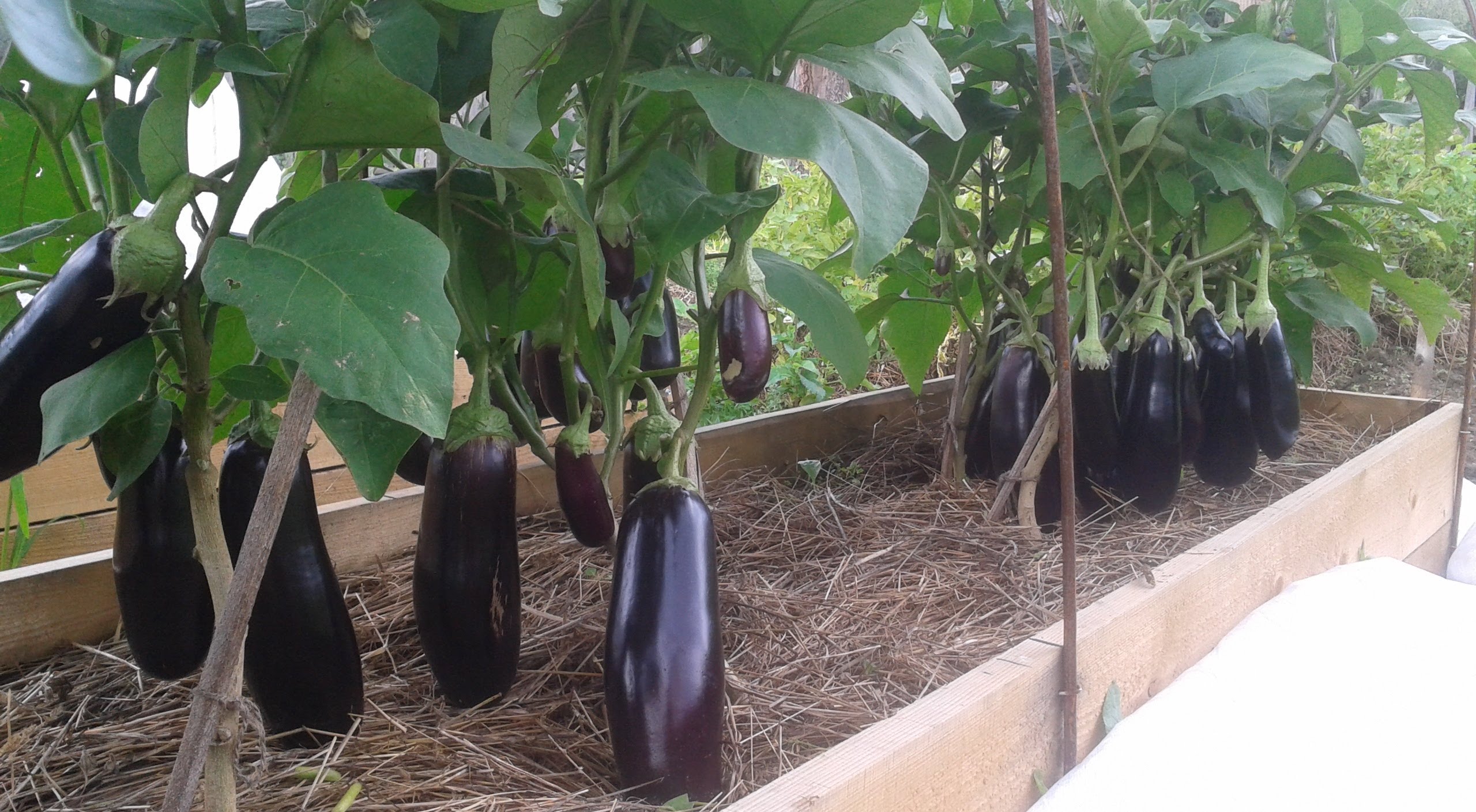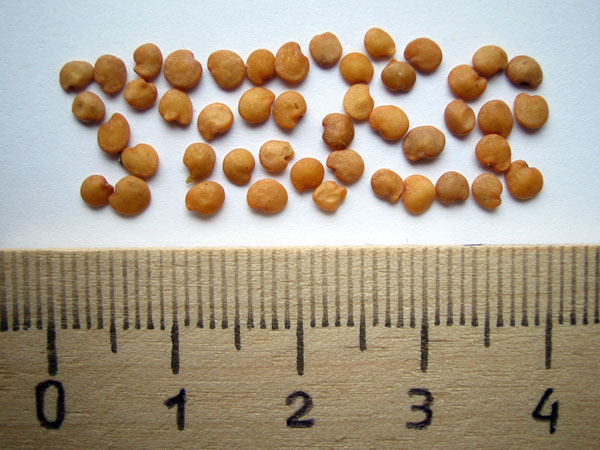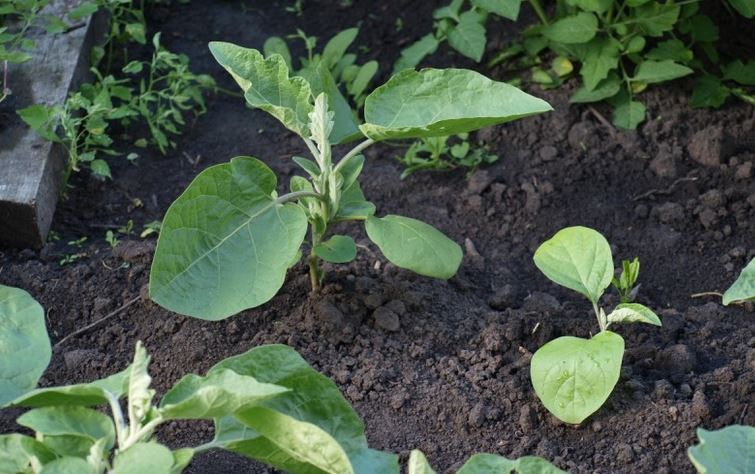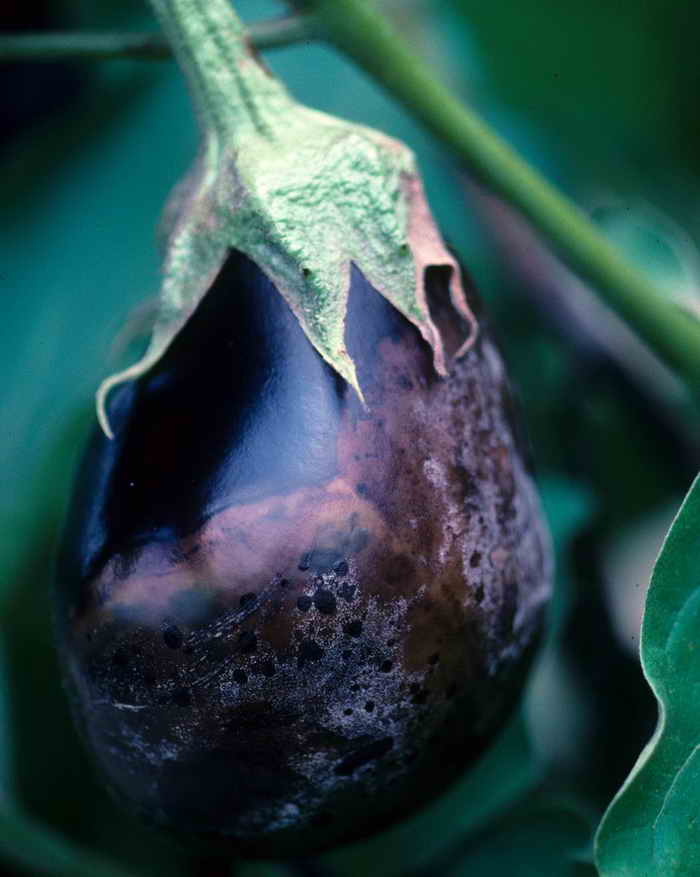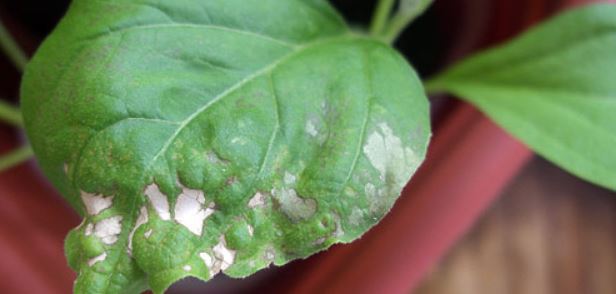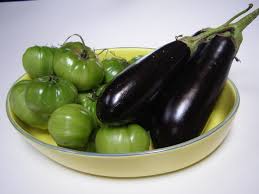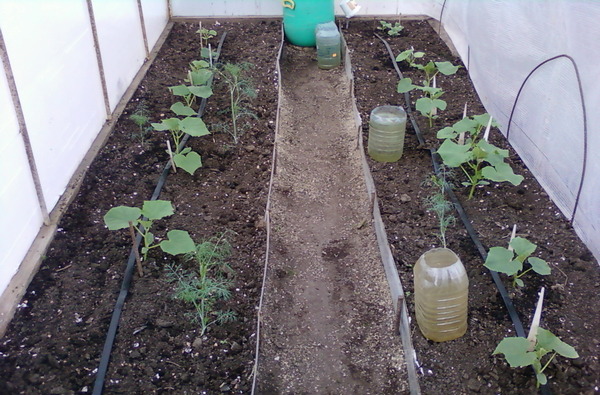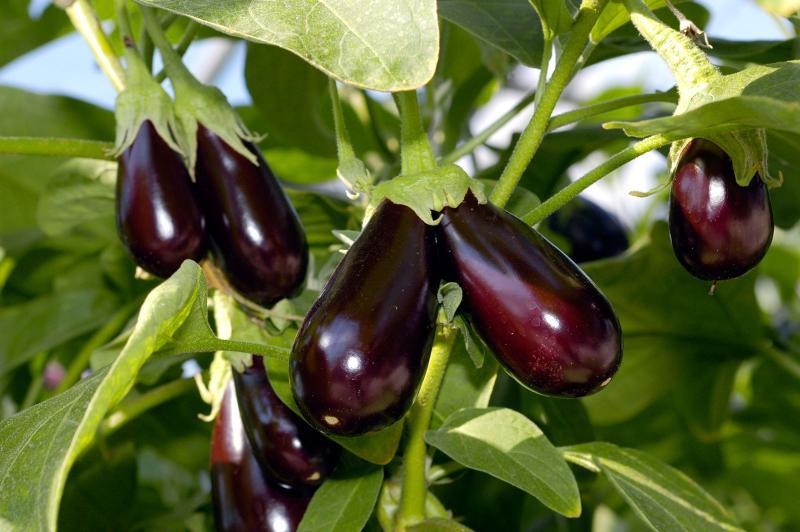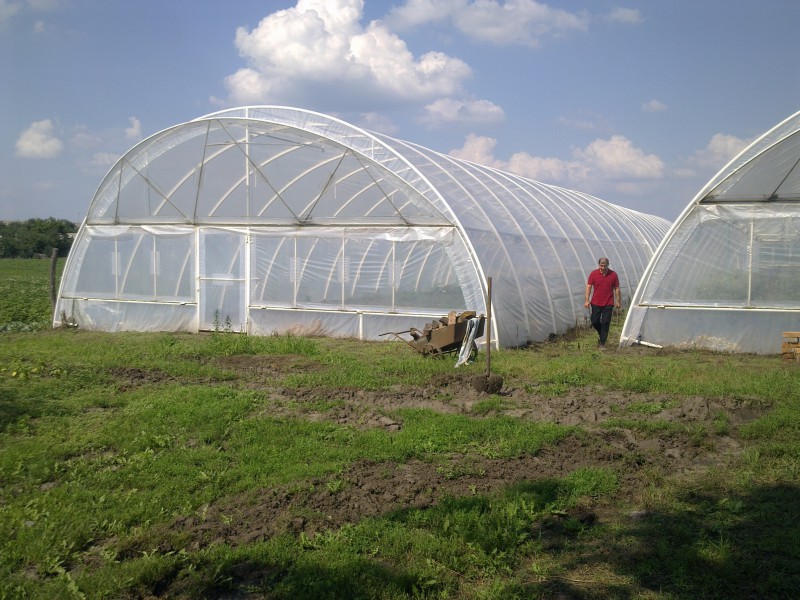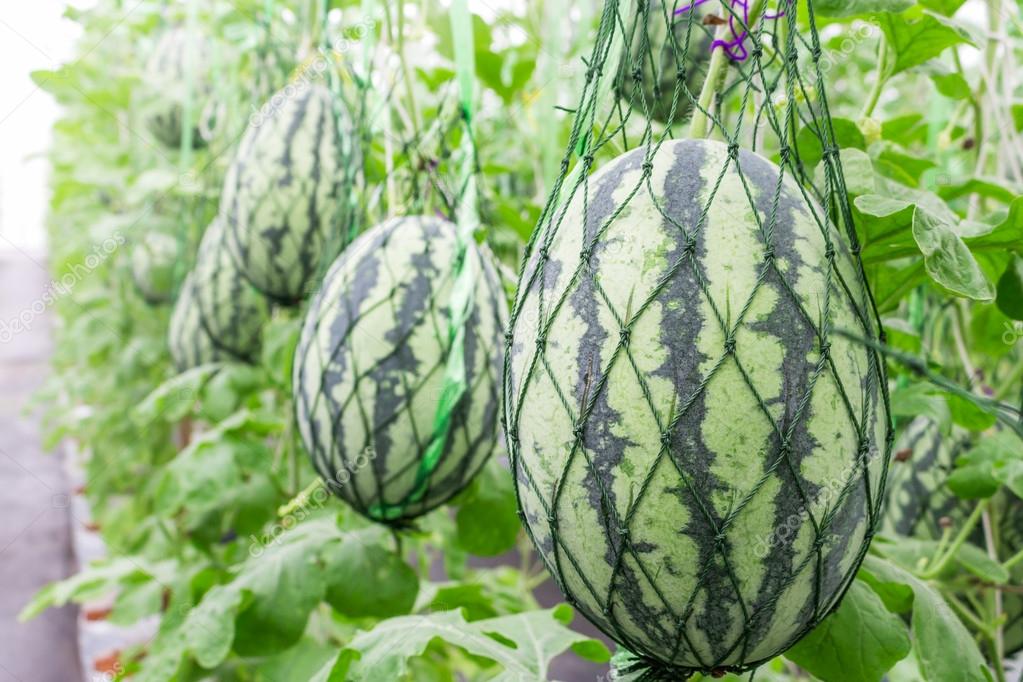Content:
Eggplants spread around the world from India, but for the first time this culture was described in the 19th century by the French doctor Antoine-Barthélemy Clos, traveling through Egypt. In Russia, this plant is often called "blue". Eggplant acquired the second name for its blue-violet color of the peel. This garden culture is of interest already because botanists consider its fruits to be berries, and culinary experts attribute eggplants to vegetables. Blue loves warmth, therefore, in order to grow a good harvest, in regions with short summers, they are cultivated in greenhouses.
Eggplant: growing and care in the greenhouse
Growing eggplants in a greenhouse is a laborious process and requires special attention and care from the grower. Both adult plants and seedlings can suddenly wither. In greenhouse conditions, blue ones can grow and bring a good harvest throughout the year.
How to grow eggplants in a greenhouse? To do this, you need to properly organize the care of plants. When planting, some vegetable growers are guided by the lunar calendar, while others are guided by their own calculations, in reality, the eggplant seedlings are planted in the greenhouse after the soil has warmed up enough.
Planting a capricious culture is planned in the fall. A bed for blue ones is chosen in the place where they grew before:
- carrot,
- parsley,
- legumes,
- cucumbers.
Eggplants will not be able to grow to the desired levels in areas where nightshades were cultivated the year before.
When a suitable place is determined, they begin to prepare the garden:
- all plant residues are taken out of the greenhouse;
- organic fertilizers are applied to the soil;
- dig up the soil;
- watered at least twice.
The next stage is the disinfection of the soil, which will help to destroy the pathogens in it. To disinfect greenhouse soil, you can use one of the following three methods:
- pouring boiling water over the soil;
- warming up the soil in a special oven;
- watering with chemical and antibiotic agents.
Which of the ways to choose is up to the grower himself. To get rid of the larvae of harmful insects and infection, you can do a complex treatment, combining watering the soil with boiling water and irrigation with protective chemicals.
How to plant a crop correctly
A good eggplant harvest begins with healthy seedlings. The timing of sowing seeds for seedlings depends on several important factors:
- the time it takes for seeds to germinate;
- planned conditions for growing crops;
- the duration of the period of plant growth and ripening of the crop.
How to plant seeds correctly
Eggplants do not tolerate picking well, therefore it is recommended to grow them in separate cups, pots. Containers for planting seeds can be made of thick paper or peat. This approach will minimize the risk of injury to the root system. The seeds should be placed in pots filled with a soil mixture consisting of the following components:
- peat-6 kg,
- sod land-1 kg,
- humus-2 kg,
- river sand or sawdust-0.5 kg,
- biohumus-0.5 kg.
In order for the blue seedlings to grow well and not get sick, you need to adhere to several rules for caring for it:
- eggplant seeds are immersed in moist soil to a depth of one and a half centimeters;
- the air temperature in the room where the seedlings are grown should be at the level of 22-24 ° С
- the room with seedlings should be light 15 hours a day;
- young shoots are irrigated from a spray bottle at least twice a week, after the appearance of the first full-fledged leaf, the number of waterings should be increased to three.
Transplanting seedlings to a permanent place in the garden
Young shoots should be planted on the greenhouse garden along with the clod of earth in which they grew. Seedlings that were sown in paper cups are watered abundantly. After the soil has softened well, the paper is cut on both sides, so that the container simply splits into two parts. A lump of earth together with a plant is placed in a previously prepared hole.
Planting young plants is carried out according to the traditional scheme, in which it is recommended:
- leave between the rows from 60 to 70 cm;
- place plants at a distance of 30 to 35 cm from each other;
- for 1 sq. plant no more than 5 seedlings per meter.
The distance between the eggplants and the rows when planting in the greenhouse cannot be too small. If the plants are too close together, the yield drops dramatically. Growing, eggplants shade each other, their branches get confused and such bushes become difficult to form.
Care and cultivation
Every two weeks, after planting the seedlings in a greenhouse or polycarbonate greenhouse, you need to fertilize. A solution of chicken manure or mullein can be used as a liquid fertilizer. Dissolve 1 kg of raw materials in a bucket of water, and let it brew for a day. After that, 500 ml of solution is poured under each root. Chicken manure solution can be mixed with cut grass infusion.
Complex mineral additives should be periodically added to the soil. These mixtures can be purchased at specialty stores.
Water the plants as the soil dries up. Too much flooding the plants is harmful, this can lead to root rot.
Bush formation. Scheme
There are several types of crown formation for medium-sized and tall blue varieties. Such varieties are more often grown in greenhouses and greenhouses. In summer cottages, low-growing eggplants are usually cultivated, which vegetable growers rarely prune.
Eggplant bushes in greenhouses and greenhouses are formed according to one of the standard schemes:
- One stem. Used for varieties in which most of the fruit is tied along the main stem.
- Two stems. As a result of the formation, medium spreading bushes are created.
- Three to four stems. After repeated pruning, a voluminous bush is obtained.
The correct way to form a bush into one stem
Eggplant bushes form into a single stem if:
- most of the fruits in this variety are located along the central stem;
- seedlings are poorly developed or weakened;
- seedlings were taken for a long time after picking.
Pruning stepchildren and foliage will provide the center stalk with the most nutrients.
More often, this scheme for the formation of bushes is used for tall eggplants in greenhouses, since the limited areas of closed rooms cannot provide large plants with the necessary amount of nutrients.
The first pruning of the bush is done two weeks after planting the seedlings in greenhouses.Then, you will have to cut off the side shoots with leaves every 14-20 days.
The formation of an eggplant bush into one stem is as follows:
- All shoots and ovaries are removed from the lower part of the trunk up to 3-4 leaves.
- Stepsons pinch at level 6—8 leaves, half of the ovaries are cut off.
- Pinching is carried out at the level of 10 leaves (after the first leaf with an ovary).
- Above 10 leaves are left by lateral stepchildren with an ovary on two leaves. At the top of the bush, three leaves with an ovary are preserved.
Two-stem molding
The formation of bushes in two stems is as follows:
- After the plant reaches a height of 35-40 cm, pinch the top, provoking the active growth of lateral branches. Of all the stepchildren, only two are left, the strongest. All other branches and extra leaves below the resulting fork are removed. 2-3 leaves are left on the root section of the stem to create a shadow over the roots of the plant.
- Every 14-20 days, the lateral branches with a part of the ovaries are cut, which form on the two main stems.
- Then, both stems are trimmed according to the scheme describing the formation of a bush into one stem.
All eggplant bushes that are more than 50 cm tall must be tied up.
Forming bushes into several stems
If there are few seedlings, then eggplants in greenhouses are formed into three to four stems. The disadvantage of this method is that it is more difficult to care for a lush crown.
The formation of bushes in three or four stems is carried out at the very beginning in the same way, proposed for forming plants in two trunks.
At the very beginning, the eggplant bush begins to be cut in the same way as the blue ones with two stems. After that, molding is carried out as follows:
- One lateral branch is left on the main stems. All excess growth is pinched after the second leaf sinus. The ovaries are left intact.
- At the next fork, the manipulations are repeated.
- All branches without ovaries are removed.
Four weeks before the full ripening of the crop, pinch all the tips of the branches. After that, the growth of the plant completely stops, and all nutrients are sent to the ripening of the fruits.
Disease prevention
How to grow eggplants in a greenhouse without crop losses caused by pests and infections? It is difficult to treat infectious plant diseases. It is easier to prevent infection by taking preventive measures. Prevention begins with the cultivation of seed and soil in the greenhouse. The earth is spilled with boiling water and irrigated with antiseptic agents, and the seeds are soaked in a solution of potassium permanganate before sowing.
The greenhouse needs to be ventilated, but so that drafts do not form inside the room. Airing will help prevent rot formation.
If lesions caused by infection are found on the plants, they are immediately removed from the garden.
To protect the sprouts of cultivated plants from slugs, the root area of the soil is sprinkled with broken eggshells and ash.
The use of black mulch film in the greenhouse will help to qualitatively increase plant protection to a new level and at the same time reduce labor costs.
Reproduction
Eggplants are propagated by seeds. The seed is harvested from a healthy bush, the fruits of which are fully consistent with their variety. For seeds, medium-sized fruits are left, very large and small are unsuitable for this purpose.
The fruits are left on the bushes until the peel becomes lighter, then they are brought into the room and allowed to ripen. After that, the blue ones are cut and the seeds are removed from the pulp.
Vegetable growers tips
The seed is harvested only from common varietal plants. Hybrids are unsuitable for this purpose.
If the seeds on the pack are marked with the letter F1, and are green, red or yellow, this means that they have already been processed by the manufacturer. Such seed should not be soaked, they are sown dry in the soil.
Barren flowers, along with excess foliage and stepsons, are removed during the formation of the eggplant bush. Little blue ones cannot get bogged down if the temperature in the greenhouse is below 20 degrees.If a lot of barren flowers have appeared on the bushes, the plants need to be fed and sprayed with "Bud" and the temperature inside the greenhouse should be increased.
Bushes formed according to different schemes can grow on the same bed, the grower decides which method of molding to choose according to the state of the seedlings.
